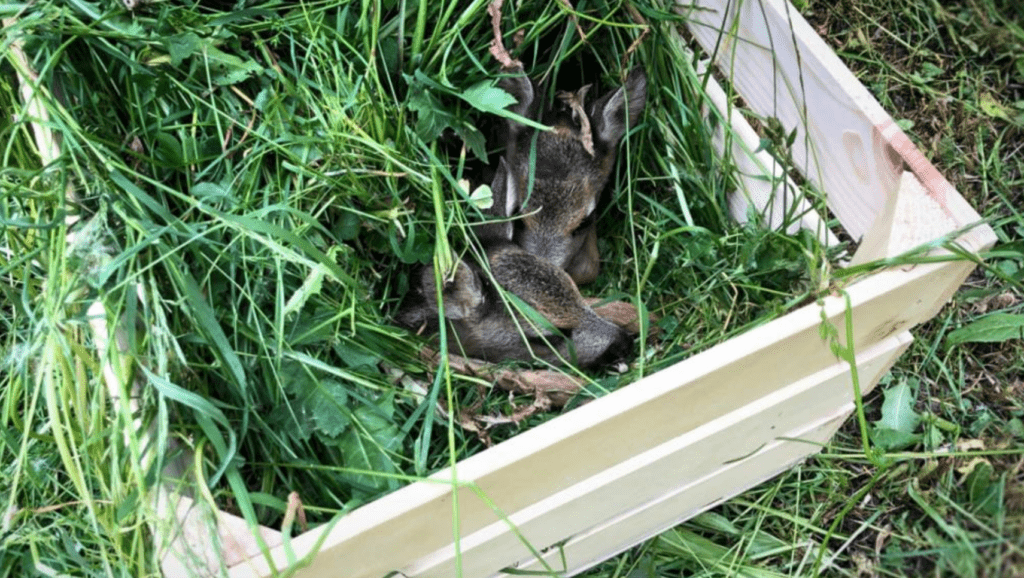The life-saving potential of drones has been proven in plenty of successful search and rescue missions around the world, from Iceland to Australia.
The technology is now being used to save animals, too. In Graubünden in eastern Switzerland, drones with thermal imaging cameras were able to spot and rescue 450 newborn deer playing a high-stakes game of hide and seek in meadows and pastures due to be harvested.
Throughout the season across the area, around 1,100 missions saved 450 fawns during pre-harvest inspections using drones and thermal cameras. The fawns tend to lower themselves to the ground when a mower approaches, giving farmers little chance to spot them in time.
The drones have been brought in as part of a wider campaign to protect the animals during the Spring harvest.
Read more: Watch: UK Police Use Drone to Catch Deer Poachers

The missions were coordinated by BKPJV, a conservation, gamekeeper and hunting organization. They were able to spot the fawns from above from their thermal signatures and catch them before any harm could come to them.
The method was first trialled in Lower Engadine, Switzerland in 2018. Since then, 19 new drones and 150 new pilots were recruited for the search and rescue campaign during spring.
In 2020, the project is to be extended further, although the use of drones is still seen as supplementary alongside traditional approaches to keeping deep away from crops, which include scent marking.
Switzerland is one of Europe’s drone technology hubs. Researchers at Ecole polytechnique fédérale de Lausanne (EPFL) and in Zurich are at the cutting edge of dynamic obstacle avoidance and quirky but intuitive piloting technology, among other things.
It’s only natural that flying robots and specialized sensors are having an impact at a grass-roots level, too.
Malek Murison is a freelance writer and editor with a passion for tech trends and innovation. He handles product reviews, major releases and keeps an eye on the enthusiast market for DroneLife.
Email Malek
Twitter:@malekmurison
Subscribe to DroneLife here.